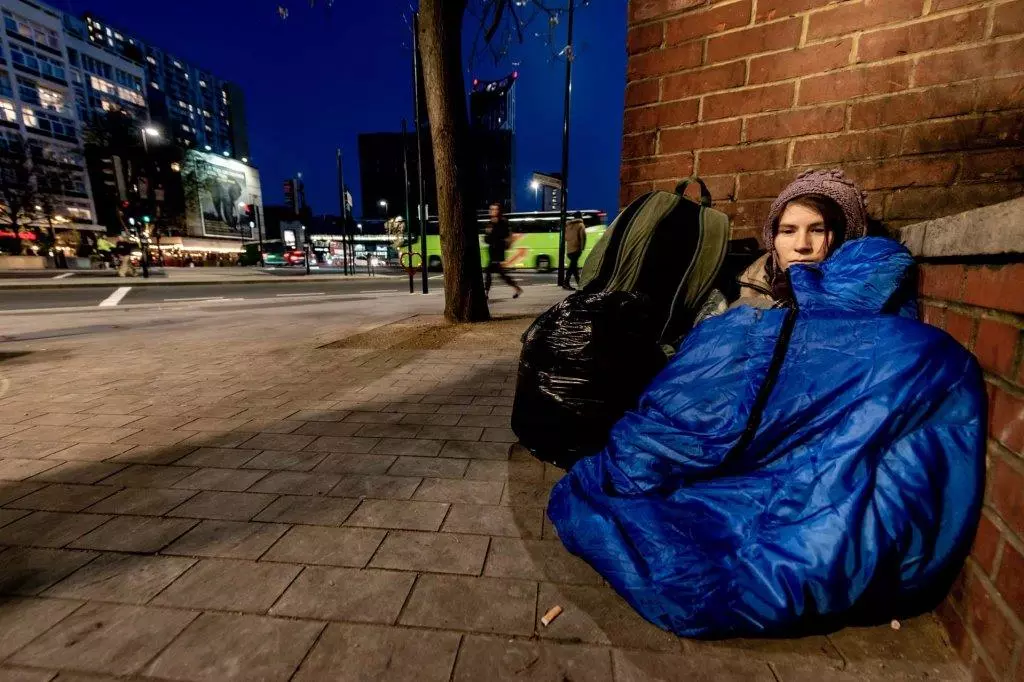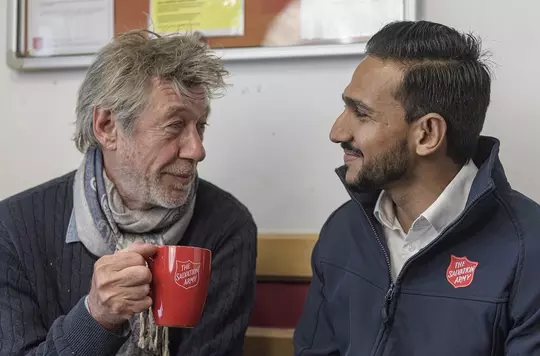Rough sleeping

Rough sleeping is the most visible, extreme and damaging form of homelessness.
People who are sleeping rough will sometimes sleep outside on the streets in doorways, parks or bus shelters or other places not designed for living.
People who sleep rough often have complex physical and mental health needs and may be struggling with addiction. They are often very vulnerable. In 2018, the average age of a rough sleeper at death was just 44 years for men and 42 years for women.
We are committed to supporting people out of rough sleeping and helping them move into safety and accommodation. We accommodate people in our supported housing services (Lifehouses).
When it is very cold we work with local councils to keep people as safe as possible and put people up in the communal spaces in Lifehouses such as the lounges. In the winter we also operate a number of night shelters – often run by Salvation Army churches on a rota basis with other local churches. We also have some specialist teams in certain parts of the country that go out and work with people who are sleeping rough and try to support them into accommodation and services.
Most of our services operate on a referral basis – this is to help ensure that we support the people that need it most. If you are at risk of sleeping rough or are concerned about someone who is, the best place to contact is usually your local council and speak to the Homelessness or Housing Options Service. If you live in an area with two councils – it is the council that you pay your council tax to who will be able to help you.

Night Shelters
Temporary accommodation to combat rough sleeping.

Addiction services
Support to tackle and prevent addictions.

Housing First
A needs based approach to solving homelessness.

Homelessness
Find out more about what we do, and how you can help us break the cycle of homelessness.